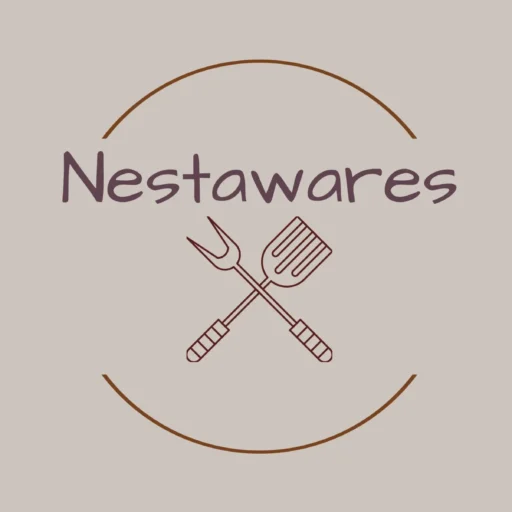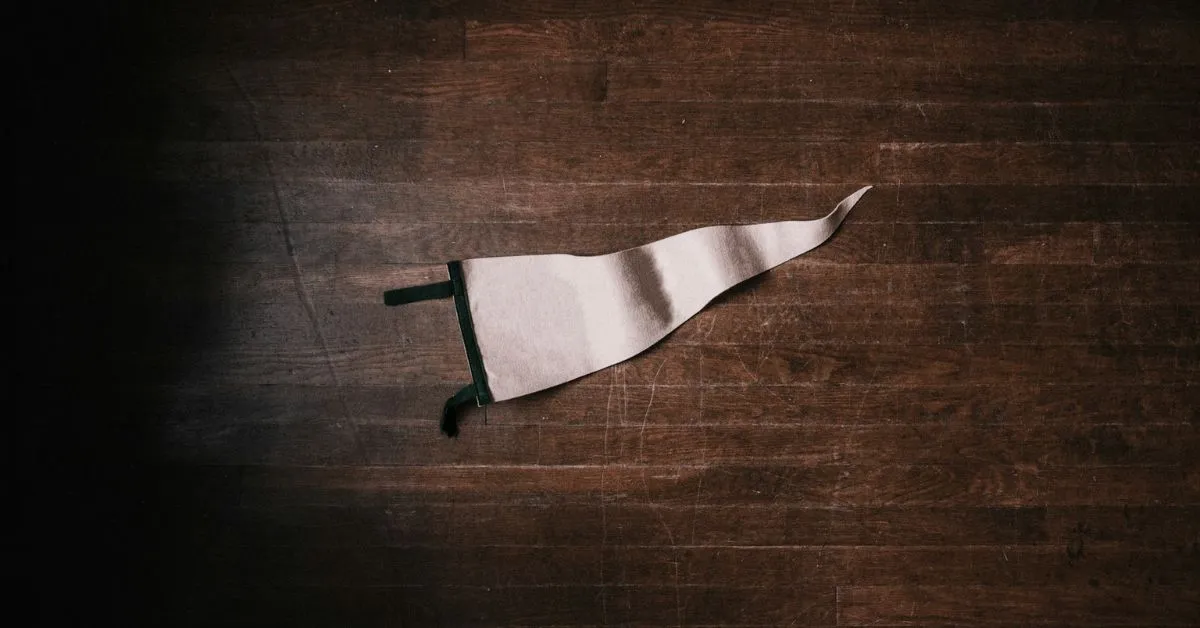When hunting for the most budget-friendly hardwood flooring, rustic grade hardwood is often overlooked. It rarely makes the spotlight in marketing campaigns or sales pitches. Yet, this flooring is entirely hardwood and usually comes with a lower price tag.
Rustic grade hardwood might be the perfect fit for your outbuilding, home gym, workshop, or mudroom.
Table of Contents
What is Rustic Grade Hardwood Flooring?
Rustic grade hardwood flooring consists of solid hardwood featuring an array of natural characteristics. These can include:
- A higher number of knots
- Pith and streaks
- Sharp color variations
- Minor defects, such as small splits and wormholes
Rustic grade hardwood is considered the lowest tier of hardwood flooring, but it remains modestly priced. This makes it an appealing option for those looking to save money without sacrificing quality.
Differentiating Rustic Grade from Other Hardwoods
While many hardwoods may be labeled as "rustic," rustic grade hardwood is a specific classification. In the flooring industry, “rustic” typically describes appearance rather than material composition.
This term can be used broadly, applying to various types of flooring, including:
- Laminate
- Luxury vinyl plank
- Ceramic tiles styled as planks
These types of flooring might carry the rustic label due to their distressed look. However, rustic grade hardwood flooring is distinct because it is a true grade of wood rather than just a marketing buzzword. This classification indicates it’s just below the higher quality natural grade hardwood flooring, which is suitable for all residential applications.
Understanding Hardwood Grades
Hardwood grades follow strict guidelines established by the National Hardwood Lumber Association since 1898. Here's a brief overview of the different grades:
FAS Grade (Firsts and Seconds): Top-tier hardwood, free from defects and clear in appearance, ideal for fine wood items like cabinets and tables.
FAS1F or F1F Grade (One Face and Selects): Clear boards sourced from the best side of the wood, suitable for doors and cabinet face frames.
No. 1 Common Grade: Versatile for many projects, with approximately two-thirds of the surface clear.
No. 2A Common (Rustic Grade): Often referred to as #2 or cabin grade flooring. It has a poorer surface quality, with about 50% of the surface clear.
Verifying Quality
What sets rustic grade hardwood apart from higher grades is its visible imperfections. Rustic grade boards often feature:
- A large number of knots and holes
- Open spaces
- Marks from grease pencils or Sharpies
- Deeply ingrained dirt and watermarks
These imperfections may require significant sanding to achieve a cleaner finish. Structurally, rustic grade hardwood can also have:
- Broken tongues or grooves
- Split ends
- Warped boards
Because many rustic grade boards may not be suitable for installation, it's generally wise to purchase about 20% more than the area’s square footage to account for any unusable pieces.
Suitable Locations for Rustic Grade Hardwood Flooring
Rustic grade hardwood flooring isn't designed for every area in the home. Often dubbed cabin grade, this flooring type is better suited for spaces outside primary living areas.
While some homeowners might consider it for residential use, it tends to feel too primitive for areas like living rooms and bedrooms. Here are appropriate places for installation:
- Outbuildings
- Home gyms
- Workshops
- Mudrooms
It’s important to avoid installing rustic grade wood flooring in spaces where people frequently walk barefoot or in socks.
Dimensions Available
Rustic grade hardwood flooring is available in dimensions similar to natural grade options. Common measurements include:
- Thickness: Typically 3/4 inch
- Widths: Standard widths are 2 1/2 inches, 3 1/4 inches, 4 inches, and 4 1/4 inches.
While plank-width rustic grade hardwood is available, wider boards may exhibit more pronounced cupping due to imperfections.
Length Variability
Lengths of rustic grade hardwood boards can differ significantly across brands and even within a single brand. It's rare to find bundles containing long, uniformly-sized floorboards.
In the flooring industry, collections of random lengths are known as nested bundles. This term is fitting since these bundles can look like a set of long boards from a distance. Upon closer inspection, however, many of the long boards might actually consist of two, three, or four shorter boards set on end.
Nested bundles can include lengths ranging from 10 inches to 6 feet. It’s crucial to ensure that there’s a balanced distribution of lengths within the bundle. An excess of short boards can lead to an unappealing appearance and longer installation times, so be sure to source plenty of long, medium, and short boards.
Where to Buy Rustic Grade Hardwood Flooring
When searching for rustic grade hardwood flooring, use a variety of terms, including:
- Rustic grade
- Tavern grade
- Utility grade
- Cabin grade
Recently, some retailers have begun marketing this type of flooring as character grade, suggesting it adds rustic charm to any room.
Final Words
Let’s face it – rustic grade hardwood flooring is like that perfectly worn leather jacket of the flooring world. Those knots, mineral streaks, and color variations aren’t flaws – they’re conversation starters! Not only will you save some serious cash, but you’ll also get flooring that tells a story and keeps getting better with age.
Whether you’re turning a modern loft into a cozy haven or adding character to a family room, rustic grade hardwood brings the charm without the fuss. Time to kick off your shoes and let your new rustic floors steal the show!


